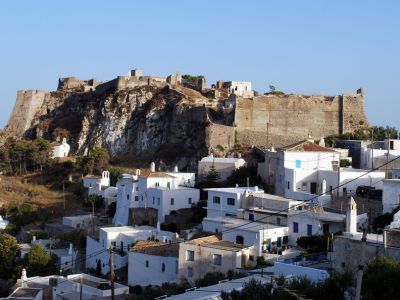Peloponnese Castles
Castles Around The Peloponnese You Need To See
Peloponnese is the largest peninsula in Greece and consists of seven prefectures: Achaia, Ilia, Messinia, Arcadia, Laconia, Argolida and Corinthia. Each county has a brilliant history that begins from prehistoric times and all of them have unique natural beauty and landscapes. The Peloponnese, possessing a strategically important geographic location in the eastern Mediterranean, has experienced in its long history the continuous political and social changes. Many raiders have tried and some have succeeded in conquering it.
A brief introduction to the Peloponnese peninsula
Significant monuments, unique settlements, scenic cities and charming castles, as well as natural beauties such as mountains and forests, rivers and caves, beautiful beaches with rocky and lacy coasts, make the Peloponnese a region that is an ideal destination all the time.
The Peloponnese in its long history over the centuries has played a leading role in the political developments of the Greek nation and, more broadly, of the Mediterranean. From the Mycenaean times to the modern times, it has always been at the center of interest not only for Greeks, but also for forces outside Greece, especially in post-Christian times. Romans, Goths, Slavs, Normans, Franks, Venetians, Spaniards, Turks and Egyptians that left their traces indelibly through monuments that bring to life stories of war, conquest, but also, in some cases, civilization.
Many raiders have tried and some have succeeded in conquering it. As a result of the historical, military, political, social conditions, a wide and varied fortification network is also found in Argolida, Arcadia and Corinth, areas that historically followed the fate of the rest of the Peloponnese. In this study we will examine the most important fortifications of the northern, eastern and central Peloponnese, some of which are preserved in excellent condition.


